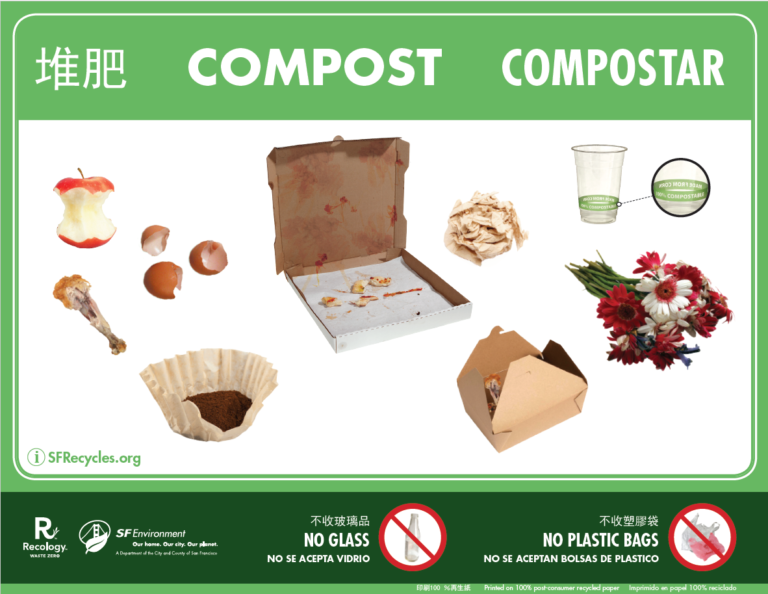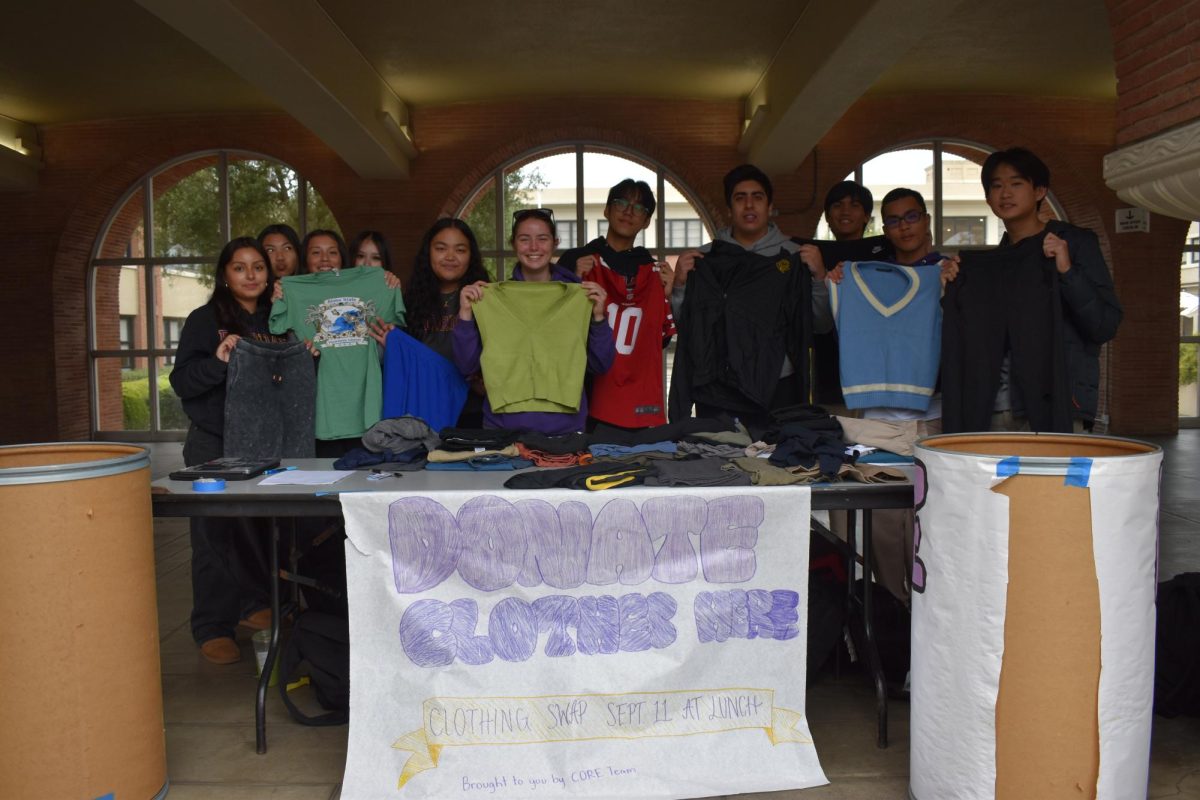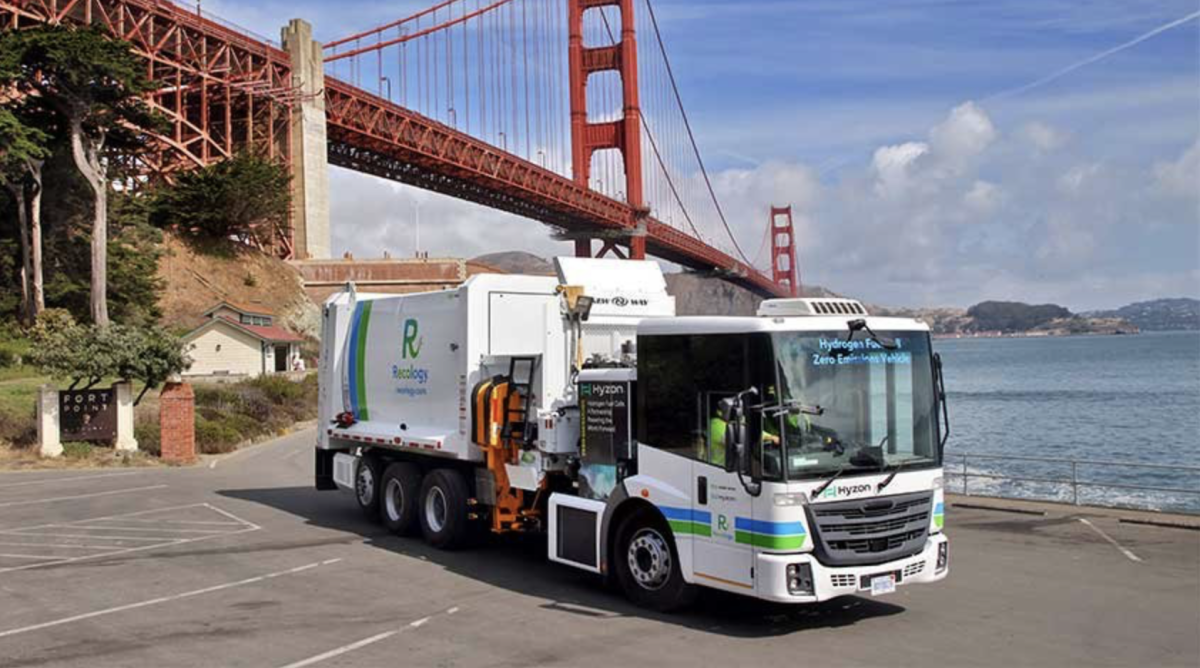The Environmental Protection Agency (EPA) has been busy recently, banning a variety of toxic chemicals–from chrysotile asbestos to methylene chloride– this spring.
Besides asbestos and methylene chloride, the Biden administration has also banned acephate and ziram, placed limitations on perfluoroalkyl and polyfluoroalkyl substances (forever chemicals), and slashed tailpipe (vehicle) and powerplant pollution.
This rush over regulation has been in the works since President Joe Biden first took office, when he pledged to reinstate or bolsterthe more than 100 environmental regulations that former President Donald Trump overturned and weakened.
The ban on asbestos is particularly significant, marking a historic moment in chemical safety.
Exposure to the carcinogen is linked to more than 40,000 deaths in the United States per year–with California topping that list–and is already banned in 50 countries worldwide.
What does this mean for schools, offices, and homes?
Brandon Ramsey, the Director of Plant/Facilities at Riordan who oversaw the new renovations during the summer, said, “Here at Riordan we have had to deal with asbestos which was used for insulation and also in binding materials used with flooring and roofing components.”
In fact, teachers and staff have to sign a form acknowledging the chemical’s presence at the school at the beginning of each schoolyear.
However, this doesn’t mean the school has to be torn down and rebuilt under this new regulation, as asbestos exists in most buildings built before 1989. It’s important to note that it’s a ban on ongoing use of asbestos.
Furthermore, as Ramsey continued, “Since we have this knowledge it has been my goal to systematically get rid of it…This is done by specialists who we employ to safely quarantine any of the areas while they complete the removal.
“They do extensive testing during and after the removal to ensure everything is safe for our community.”
He added, “We have removed a lot and continue to do so as we move through the building.”






